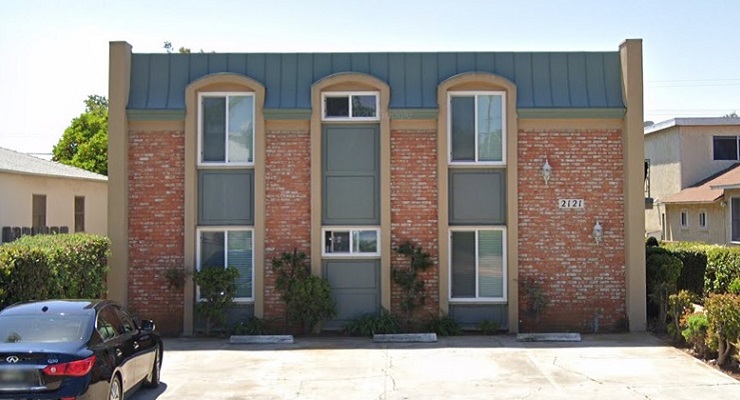
A team of panelists hosted by the Center for California Real Estate (CCRE), an institute of the California Association Of Realtors (CAR), agreed recently predicted a rise in single-family home sales, aligning with C.A.R.’s forecast of an approximate 23 percent rebound from 2023.
The panel, “CCRE Presents – Housing 2024: The California Dream in Focus,” featured leading housing analysts and economists sharing their insights on the upcoming year’s housing outlook.
Moderated by CAR CEO John M. Sebree, the panel featured
CoreLogic Chief Economist Selma Hepp ; Terner Center for Housing Innovation at UC Berkeley Managing Director Ben Metcalf; Housing Wire Lead Analyst Logan Mohtashami, and Kleinhenz Economics Principal Economist Robert Kleinhenz.
The panelists agreed that supply challenges are still affecting would-be buyers in California. In fact, with a state-estimated housing shortfall of 2.5 million units, the state is among the most constrained markets in the U.S.
The state is also seeing a limited number of single-family housing building permits. In 2023, California issued only 70,000 single-family housing building permits, the equivalent of the city of Houston, Texas.
Conversely, the panelists agreed, a trend towards up-zoning trends is aiding the long-term supply.
With long-term down-zoning in past decades, cities like Los Angeles limited their capacities of 10 million to 4 million residents. But current trends, assisted by RINA legislation and the state’s attempt to increase housing density, are seeing an increase in pro-development initiatives.
A U.S. Census Bureau report shows only 78,000 completed single-family homes are currently available nationwide.
But a state Supreme Court case is considering the legality of impact fees, and a favorable ruling could alleviate development costs, in a state where some areas charge up to $100k per unit in impact fees. The current case, in El Dorado County, over a $23,420 fee, may have serious consequences for local government budgets and housing markets across California and the country, according to Calmatters.org.
At issue, is just how much cities and counties would need to justify “impact fees”— fees on new construction projects—in order to offset the toll new developments would take on local infrastructure.
In California, impact fees can add hundreds of thousands of dollars to new housing projects that are already among the most expensive to build in the nation.
Reflecting the state’s rising housing crunch, annual accessory dwelling unit (ADU) permits also increased from approximately 1,000 permits to more than 20,000 over the span of a few years.
At the same time, however, The Federal Reserve’s decision to cut rates should enable more qualified buyers to enter the market.
The panel also pointed out that individuals aged 55+ collectively holding approximately $100 trillion, could provide economic stability as they retire and spend their wealth.
Also, while once thought of as a panacea for a lack of housing, high costs are making the conversion of commercial buildings to residential spaces difficult. There are just over 200 conversion projects in development across the country.







